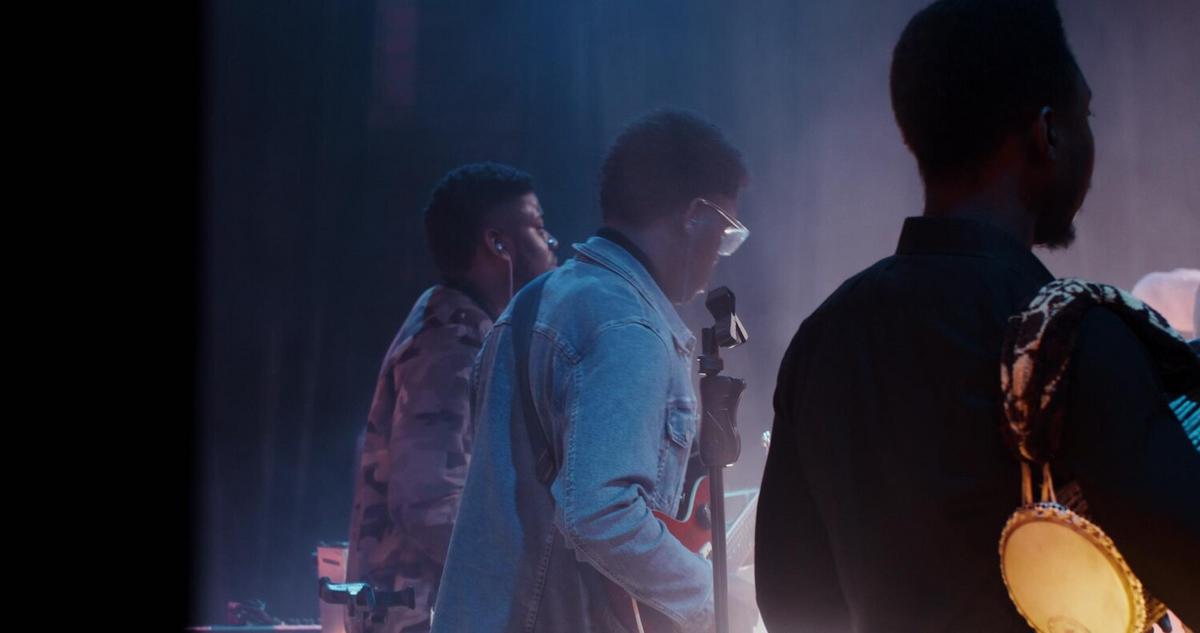
Inclusive Practices in Performing Arts Spaces
In the dynamic realm of performing arts, inclusivity is not just a buzzword but a vital practice that enriches the cultural tapestry and welcomes diverse audiences and performers alike.
Understanding Inclusive Practices
Inclusive practices in performing arts spaces aim to create environments where everyone, regardless of their background, can participate and feel valued. This involves addressing accessibility, representation, and community engagement.
Expert Insights
According to Michael S. Smith, a renowned director, “Inclusivity in the arts is about opening doors to those who have historically been left out. It’s about creating a space where every voice matters.” His sentiment is echoed across the industry, emphasizing the importance of diversity and representation.
Key Statistics
A recent study by the Performing Arts Alliance found that 67% of arts organizations are actively working to improve diversity and inclusion, but there’s still a long way to go. Such efforts are crucial for the growth and sustainability of the arts sector.
Personal Experiences
Consider the story of Alex, a performer who, despite facing mobility challenges, found a welcoming space in a theater that prioritized accessibility. Their experience highlights the transformative power of inclusive practices.
Actionable Tips for Arts Spaces
- Conduct accessibility audits to ensure facilities are user-friendly for individuals with disabilities.
- Offer diverse programming that reflects a range of cultures and experiences.
- Engage with community groups to understand their needs and incorporate their feedback.
Pro Tip: Collaborate with local disability advocacy groups to gain insights and improve accessibility in your venue.
Resources for Further Reading
For those interested in learning more, the National Endowment for the Arts offers resources and guidelines on incorporating inclusive practices in arts spaces.
| Practice | Benefit |
|---|---|
| Accessibility Audits | Improves physical access for all |
| Diverse Programming | Attracts a wider audience |
| Community Engagement | Builds stronger community ties |
| Staff Training | Enhances cultural competence |
| Partnerships | Expands resources and reach |
| Inclusive Marketing | Reaches underrepresented groups |
| Feedback Mechanisms | Continuous improvement |
| Policy Review | Ensures up-to-date practices |
Frequently Asked Questions
What is inclusivity in performing arts?
Inclusivity involves creating spaces where everyone, regardless of their background, can participate and feel valued.
Why is diversity important in the arts?
Diversity enriches the cultural landscape and ensures that a variety of voices and stories are represented.
How can organizations improve accessibility?
Conducting accessibility audits and working with advocacy groups can help improve physical and programmatic accessibility.
In conclusion, the journey towards inclusivity in performing arts spaces requires dedication and collaboration. By implementing inclusive practices, these spaces can become vibrant hubs of creativity and cultural exchange, welcoming all voices to the stage.


